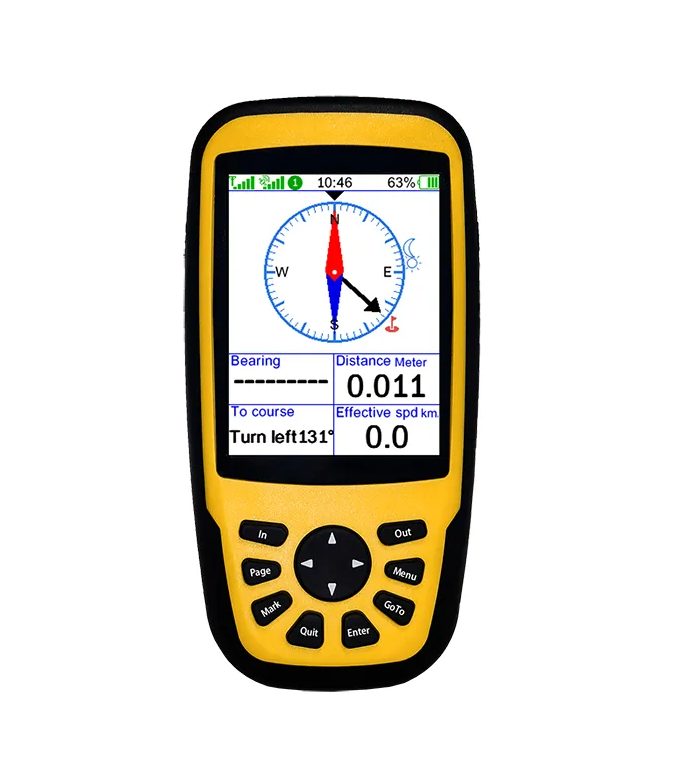
Maskura Technology leads the industry in providing advanced field navigation solutions. Our high-tech GNSS surveying equipment, including RTK receivers, antennas, software, land levelers, and autopilot systems, ensures precise and efficient field operations. Established in 2011, we deliver reliable and high-quality solutions worldwide, making us a trusted partner for agricultural and surveying needs.
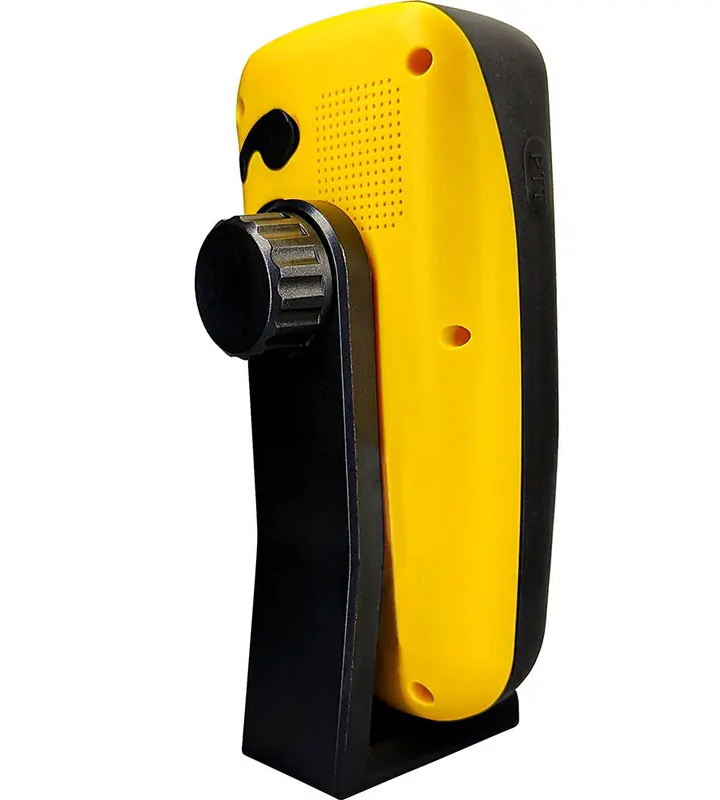
Maskura Technology integrates high-tech field navigation into smart farming systems. Our guidance platforms support real-time route planning and data-driven operations, helping B2B clients elevate precision and productivity in fieldwork.
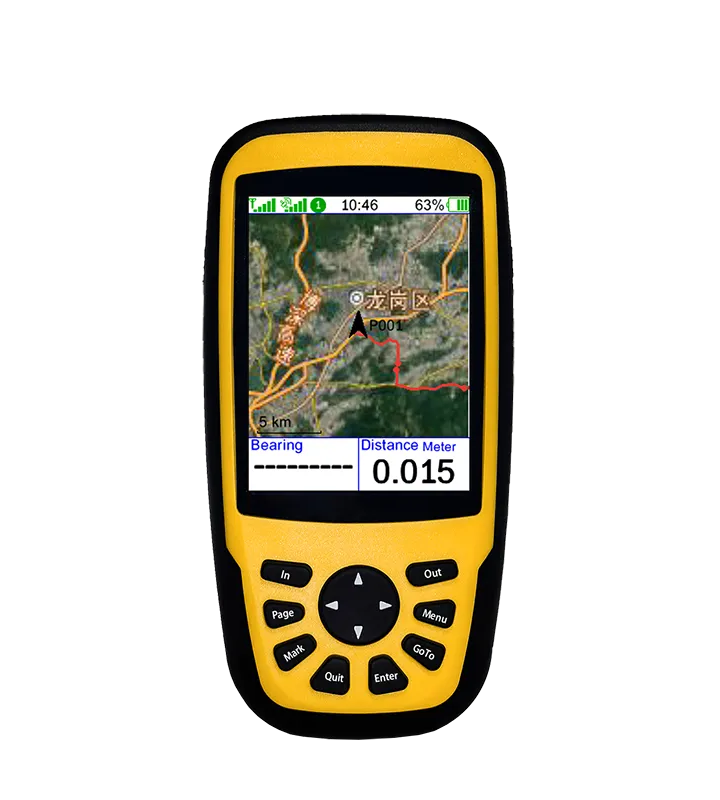
Maximize your land potential with Maskura Technology’s field navigation systems. Designed for industrial agriculture, our technology empowers B2B partners to conduct precise operations across variable terrain and large-scale fields.

Field navigation from Maskura Technology offers unmatched operational clarity. By integrating intelligent guidance systems, we enable B2B clients to streamline workflows, reduce errors, and maximize output across various farming applications.
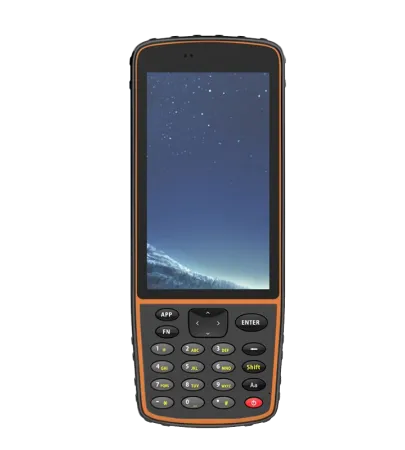
Maskura Technology's land levelers are equipped with precise field navigation technology. Our systems ensure optimal field preparation by providing accurate leveling and mapping. With a dedication to quality and performance, we deliver equipment that enhances agricultural productivity and efficiency.
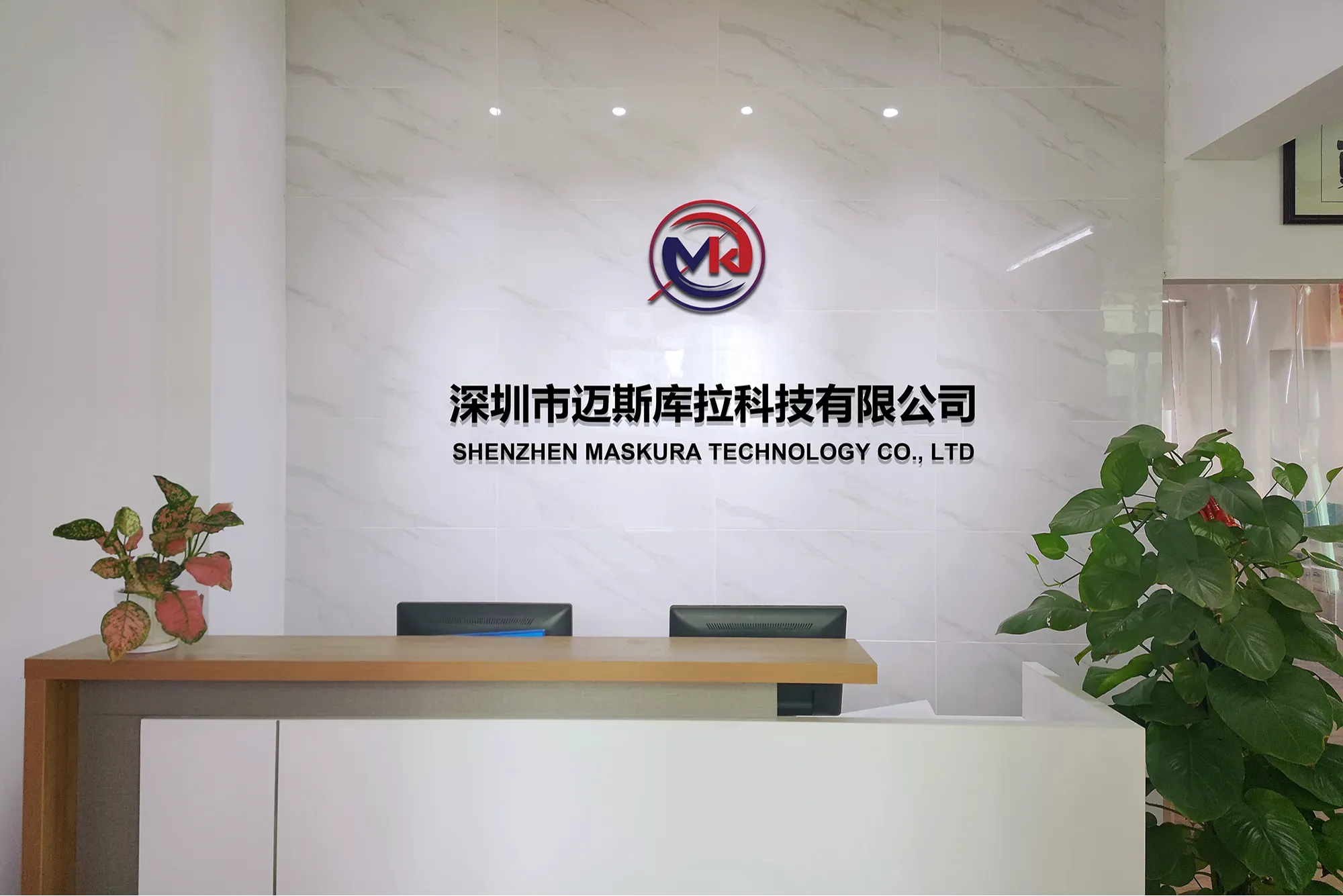
Shenzhen Maskura Technology, a renowned manufacturer of Hi-tech GNSS surveying equipment, has been at the forefront of innovation since its establishment in 2011. Specializing in a diverse range of products including RTK receivers, antennas, sophisticated software, land levelers, and autopilot systems, the company offers dependable and high-quality solutions to customers across the globe. With a focus on precision and accuracy, Maskura Technology's surveying equipment is trusted by professionals in various industries, ensuring accurate measurements and seamless operations. The company's commitment to excellence and continuous innovation has made it a leading choice for those seeking advanced surveying solutions.
Delivering cutting-edge technological advancements for diverse industries.
Ensuring superior product quality with rigorous testing and precision engineering.
Providing tailored solutions and excellent support to meet unique client needs.
Committed to meeting client needs with tailored solutions and exceptional support.
Maskura Technology stands out with our commitment to innovation and quality. We provide advanced RTK systems, GNSS technology, and agricultural autopilot solutions that enhance precision and efficiency in field operations. Our products are designed to meet the highest standards of accuracy and reliability.
Our RTK systems offer exceptional accuracy for land leveling, field mapping, and autopilot operations. By providing real-time kinematic data, users can achieve precise and efficient field work, optimizing resource usage and maximizing productivity.
We offer comprehensive maintenance and technical support services to ensure the longevity and optimal performance of our products. Our team is dedicated to assisting customers with any issues and providing regular updates to keep their equipment running smoothly.
We conduct rigorous testing and quality control processes on all our products. Our GNSS surveying equipment is built to withstand demanding field conditions, ensuring consistent and reliable performance in agricultural and surveying applications.
Our land levelers utilize precise field navigation technology to ensure optimal field preparation. By creating evenly leveled surfaces, farmers can improve water management, reduce soil erosion, and enhance planting conditions, ultimately leading to better crop yields and resource efficiency.
